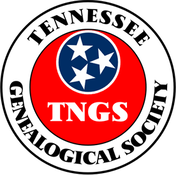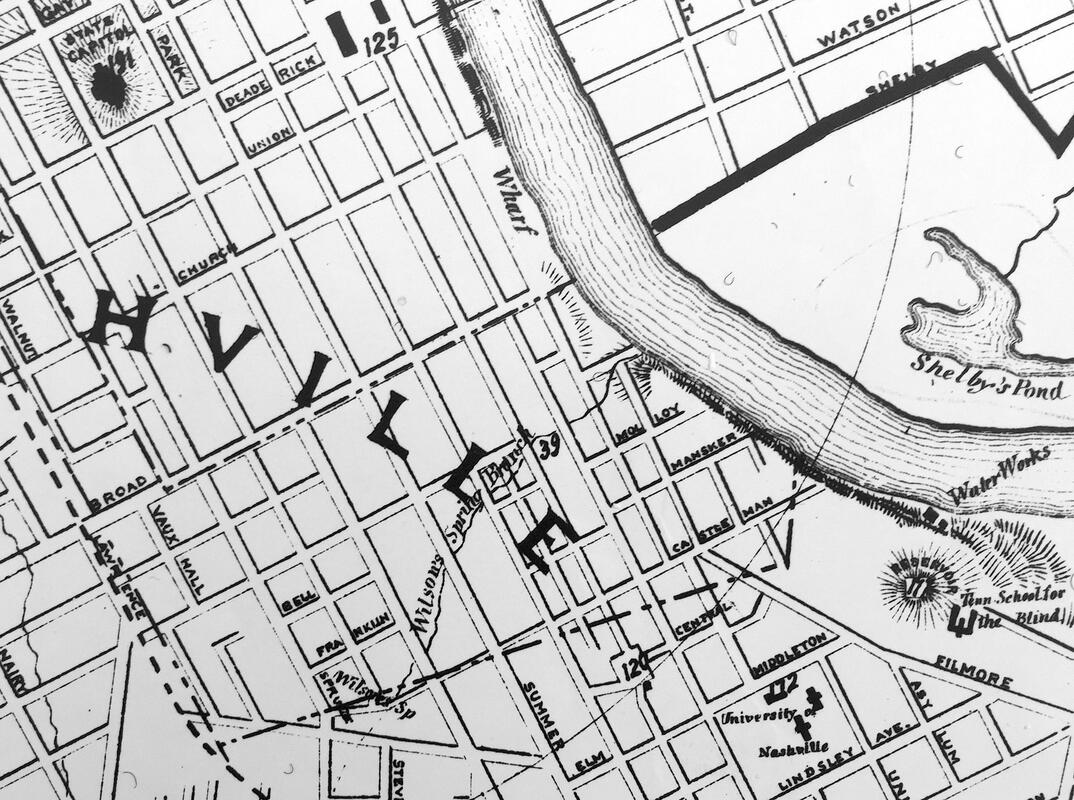Ten Reasons to Join a Local Genealogy Society

"But my ancestors are not from this area, so why should I join the local genealogical society?"
Are you guilty of this "why should I join" attitude? I know I was several years ago when I moved to Colorado. My ancestors were from Minnesota, Ohio, New York, Denmark, and Sweden. None of my ancestors were gold miners or pioneers who may have trekked across the Rocky Mountains. So I, too, wondered why I should join the Colorado Genealogical Society.
Eventually, someone convinced me to attend a meeting of the local society. Little did I know that my life as a genealogist would never be the same. I found a group of passionate family historians who were eager to share their experiences and knowledge. It did not matter that our ancestors were from different parts of the world. In fact, most members did not have Colorado roots.
So why, you ask, did a simple genealogical society membership impact my life as a genealogist? Here are ten reasons:
- I was no longer alone. Until I discovered the network of local genealogists, I was researching within a vacuum. I had no idea there were more than 300 genealogists within a few miles of my home. I could now share my passion with other like individuals. More important, I plugged into a network that alerted me to the latest products, news, and educational opportunities locally and nationwide.
- I learned new research skills. The guest speakers at monthly meetings and annual workshops taught me how to prepare a research plan, how to evaluate evidence, and techniques to discover new sources.
- I learned how to evaluate genealogical software. One of the most frustrating decisions for a genealogist is deciding upon the right software for their specific needs. Our society created a Computer Interest Group and sponsored educational seminars and hands-on learning workshops. Without their guidance and instruction, I would have floundered within the world of computer genealogy.
- I improved my skills in reading old handwriting. My personal research included transcribing old documents, but until I became involved in a society project, I didn't realize that my skills were elementary.
- I learned from other members. Our society encouraged members to share their latest breakthrough or discovery at our local meetings. This sharing was not only fun, but gave me ideas on how to solve my own brick wall research problems.
- I gained an appreciation of other local societies. While abstracting or indexing Colorado records, I realized that volunteers in Ohio or Denmark might be indexing some records pertinent to my own ancestry. Genealogists helping one another in this manner is one of the most significant gifts we receive within this unique hobby.
- I gained experience in using a new record type. I volunteered to be the "society genealogist" which meant I answered Colorado research inquiries. Many of the questions could be answered through city directory research. Since my ancestors were mostly farmers, I did not have experience with this record type. Had I not volunteered to answer the society's mail, I may never have learned the value of directories.
- I developed leadership skills. As an active and involved member, you will ultimately be given opportunities to participate in the leadership of the organization. While serving on committees and board member positions, I developed skills that would be valuable in future state and national leadership roles.
- I did not find a cousin, but someone else did. I'm always amazed at the odd connections that are made at meetings. For example, someone will casually mention they are researching the Watson family in Kentucky. Another member will answer that they are too. After comparing notes, they discover they are related six generations back into time. Believe me, it happens more often than you may think. Members will also find others researching the same geographical area and can help each other with resources, etc.
- I developed lifelong friendships. Common interests create friendships, and I have gathered many through genealogical connections. Can you imagine what it might be like if you didn't have an understanding genealogical friend to call when you make a major discovery or solve the problem you've been working on for several years?
How to Find a Genealogical Society
There are hundreds of genealogical societies throughout the United States. The Federation of Genealogical Societies is a wonderful resource to learn about the benefits of joining a society. Visit the Federation Genealogical Societies' Find a Society page to find one that means your needs. The Federation of Genealogical Societies also has a Guide for the Organization and Management of Genealogical Societies. It has advice on how to start a society and keep it running.
Cyndi's List has over 3,000 links to societies and groups. The list is indexed alphabetically by the name of the society, rather than geographically.
The sixth edition (2009) of The Genealogist's Address Book by Elizabeth Petty Bentley gives contact information on over 25,000 libraries and repositories, including genealogical societies.
Beyond the local society, the personal benefits of joining a local society are quite different than reasons to join out-of-state or other types of genealogical organizations. When you cannot attend local meetings, the obvious benefit is receiving the society's publications. One of the primary goals of local societies is to index, abstract, or transcribe local records and publish the results in their journals and/or online.
Locally, the Tennessee Genealogical Society, located at 7779 Poplar Pike, Germantown, TN 38138, is a wonderful resource for researching Tennessee ancestors, to attend a lecture or class to learn about genealogical basics or advance techniques and to network with other genealogy enthusiasts. The Germantown Regional History and Genealogy Center (GRHGC) is the special collections division of the Germantown Community Library, located alongside the Society, serves as a repository and research center for genealogical and historic materials, Southern culture and the Germantown History Collection.
Germantown Regional History & Genealogy Center Library Resources
- 16,000+ genealogical, family, and history books
- Special Collections:
- Germantown History
- Civil War
- Family Surname Vertical Files
- Memphis Belle Records
- Native American
- Tennessee Bar Oral Histories
- African-American
- European Roots & Heraldry
- Microfilms of census, tax lists, vital statistics, early newspapers
- Vertical files of family charts, documents, and other papers
- CDs of genealogical data
- Databases (available on all library computers)
- Ancestry.com Library Edition
- Fold3 - Historical military records
- Newspapers.com
- AmericanAncestors.org
- HistoryGeo
- HeritageQuest
- Research U.S. Census records (1790-1940)
- Books and History articles and more.
- Freedman's Bank records (1865-1874)
- Revolutionary War records
- 1890 Veterans Census
- US Indian Census Rolls
About the Author
Kathleen W. Hinckley, CGRS, is a professional genealogist and private investigator who specializes in locating living persons by using the Internet, public records, and genealogical sources. She is the Executive Secretary for the Association of Professional Genealogists and lectures at state, regional, and national conferences. You can reach her at [email protected] or through her web site Family Detective.

